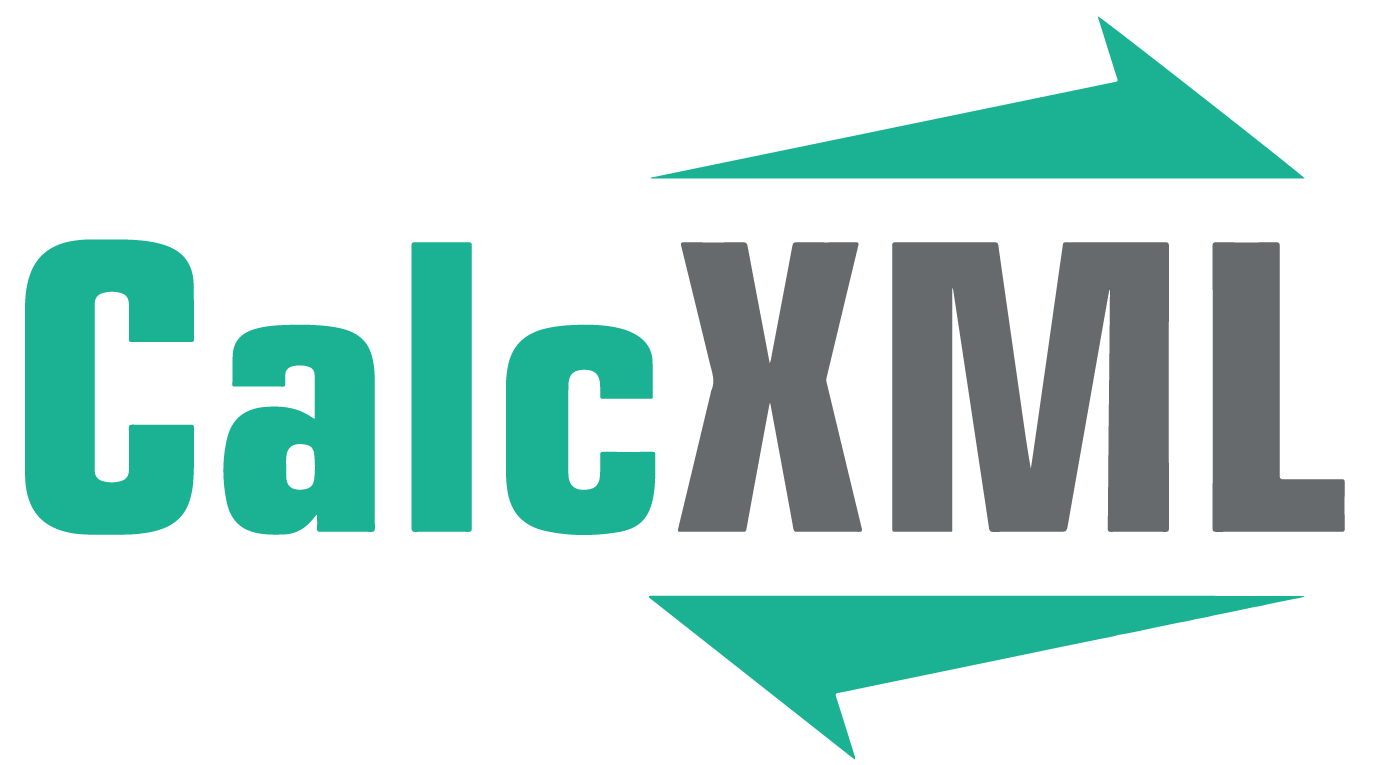Credit Card Repayment Calculator
Calcule el tiempo que tardará en pagar su tarjeta de crédito
Hoy en día, los estadounidenses deben más dinero que nunca. La frase “el interés nunca duerme” significa que la situación seguirá empeorando a menos que se tomen medidas personales para reducir o eliminar la deuda. Los pagos mensuales adicionales pueden hacer la diferencia para acelerar el pago de sus tarjetas de crédito y ahorrarse cientos y miles de dólares en pagos de intereses. Utilice nuestra calculadora de reembolso de tarjetas de crédito para calcular cuándo puede pagar su tarjeta de crédito.
Esta información puede ayudarle a analizar sus necesidades financieras. Se basa en la información y las suposiciones que usted proporciona sobre sus objetivos, expectativas y situación financiera. De los cálculos no se deduce que la empresa asuma ninguna obligación fiduciaria. Los cálculos proporcionados no deben interpretarse como asesoramiento financiero, jurídico o fiscal. Además, esta información no debe considerarse como la única fuente de información. Esta información procede de fuentes que consideramos confiables, pero no podemos garantizar su exactitud. Las ilustraciones hipotéticas pueden proporcionar información sobre el rendimiento histórico o actual. Los resultados pasados no garantizan ni indican resultados futuros.






